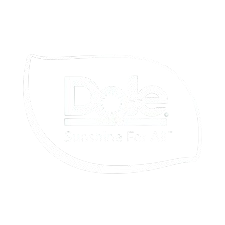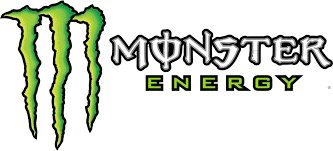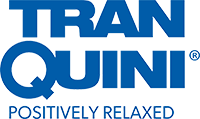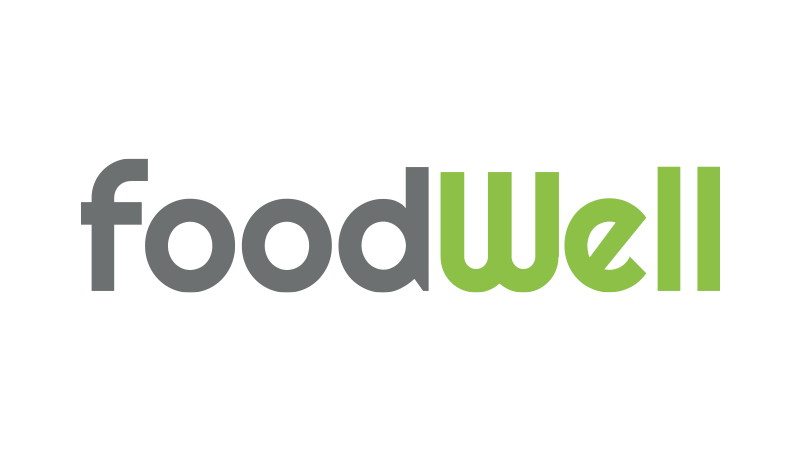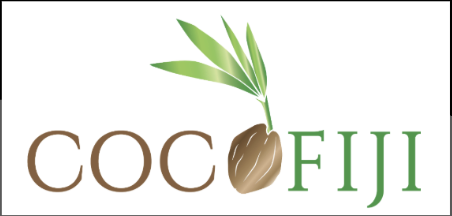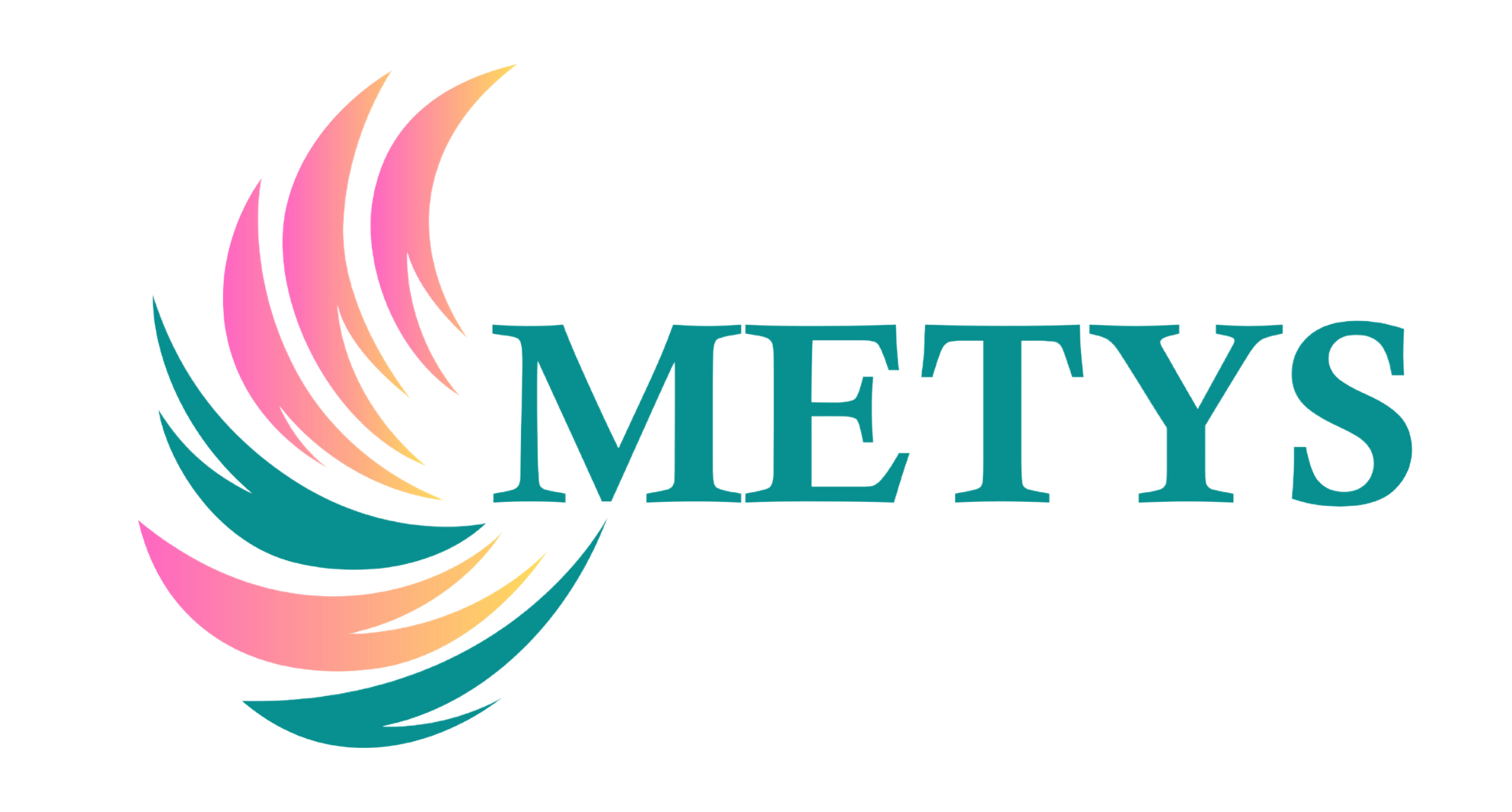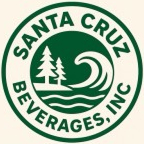When importing and exporting any kind of food and beverage product, it’s vital to ensure that your labels are up to standard. Your labels may be the deciding factor between a consumer purchasing the product or walking away, and food labeling in Japan is very different from other parts of the world.
We spoke to GourmetPro’s local import expert, Donald Roxburgh, who explained everything you need to know about food labeling in Japan. In this article, we’ll look at key information to include on your labels, what kind of processes are involved, and common pitfalls that cost companies and how you can avoid them.
Meet The Expert: Donald Roxburgh

Donald Roxburgh is a seasoned F&B consultant and importer with a track record of successfully launching foreign products, including his New Zealand-based skincare line, into the Japanese market. As the founder of his own import business, he offers comprehensive market-entry strategies and has a robust distribution network that spans across renowned stores like Lawson, online platforms like Rakuten, local farmers' markets, and organic restaurants in Japan.
Key Information and Formatting for F&B Labels
Before you fire up the label maker, it’s important to understand that Japan’s label regulations and format may be different to what you’re used to.
According to MIPRO (Manufactured Imports and Investment Promotion Organization), the following items need to be listed on imported processed foods:
- Item name
- Names of raw materials
- Additives
- Net contents
- Best-before date
- Preservation method
- Name of the country of origin
- Importer
This information will vary by product type, but it’s a good starting point. When inputting this information, however, it needs to be in the right format and follow certain rules.
At this stage, there are some pitfalls that first-time importers fall into. One of the most obvious is also the simplest – the date. In Japan, the date must be written in YYYY/MM/DD format, or it could lead to some confusion.
Another thing to keep in mind is the overall format and naming of the product. The font size is predetermined by the size of the area of your package, and the product name is best kept concise. If the product name is too long, some store systems will cut it off or not read it properly.
Finally, when it comes to listing your ingredients, you’ll need to be careful when mentioning health benefits such as Vitamin C. These have much stricter requirements than the other parts of the label.
You can see more in-depth information on what is required on the MIPRO website. To save time and ensure peace of mind when figuring out and implementing these processes, contact GourmetPro for expert guidance.
Optional Extras for Food Labeling in Japan
After listing all the mandatory information, if you have space on your label, you can also add some optional information.
This optional information could be an explanation of your product or how to use it, a link to recipes, or an introduction to the supplier. By having this extra information, you will stand out from the competition.

Although this part is optional, it can be important for new products that your target Japanese consumers are unfamiliar with. For example, chickpeas are not common in Japan, so without knowing that you can make dips with it or use it in various dishes, a potential customer might walk away.
What Processes and People are Involved in Labeling?
Once you’ve written up your ingredients, what can you do to make sure everything is up to code?
Well, there is actually no need to submit your label to any kind of authority. But if your label is non-compliant, it can cause issues later down the line. So, it’s essential to check everything is in order. To do that, it is a good idea to get in touch with a labeling expert based in Japan.
A labeling expert will make sure that everything is compliant and will point out any errors or issues that need fixing. Many labeling experts will also translate the information into Japanese for you, so there is no need to have that outsourced elsewhere.
After contacting the labeling experts, you may also want to hire a printing experts too. This is less urgent than a labeling expert but they will help make your labels look much more professional. They will design and format your label and generally have access to better-quality labeling materials that may not be on the market.
Best Practices for Food Labeling in Japan
While a labeling expert will help make sure everything is compliant with regulations, you might be wondering about the design and practicalities.
Something to consider is whether to use simple stick-on labels or change your packaging completely. For that, it really depends on what is most efficient for your needs.
For the most part, it is probably easiest to use stick-on labels. Not only does it give your product an exotic and foreign feel to it by keeping the original packaging - which is often considered fancy or exciting in Japan, but it also means you don’t have to change your line entirely for the Japanese market.
But if you’re selling sufficient quantities of your product (in the several thousands), or you have calculated that it would be more efficient, you might want to change your packaging specifically for Japan.
Changing your packaging requires some design savvy that we won’t touch on here, but whether it’s your package as a whole or just your label, it’s best to use as much Japanese as possible. Using some limited English or other languages might give off that exotic atmosphere, but making sure that Japanese is used as well will make the item much more accessible to the average consumer. If your customer has to spend even a second deciphering your label, consider them lost.
“Can I do it Myself?” Common Pitfalls and Challenges of Food Labeling in Japan
At this point you might be wondering if it’s really necessary to involve all these different people and take so many precautions to simply label your product. Of course, that’s up to you, but there are certain risks and problems that can arise when doing it alone.
One of the main issues with creating the label yourself is that it may not be compliant with labeling regulations, and you wouldn’t know. The infamous Pink Sauce incident of 2022 is a case in point. A TikTok influencer rolled out a product with false (and somewhat strange) labels. Drama quickly ensued and she and her product faced heavy backlash. While your mislabelled product is unlikely to stir up quite as much drama, a non-compliant label can result in sanctions and even seizure of the product if caught.
If your non-compliant label somehow goes unnoticed, then the next issue would be if you tried to sell at a supermarket or Japanese store. These stores will do thorough checks on your product and label, and will reject your product.
Not to mention, making labels yourself can be time-consuming, may look less professional, and it is hard to keep up with the changing regulations for what is written on them.
However, parts or all of the labeling can be done by yourself if needed. While the labels need to have a specific font and format, they do not need to be printed on special label paper or need to be submitted anywhere. So you can print labels yourself if you’re in a pinch. You can also choose to print your labels with a space for the date, so you can add the date manually as needed to a pre-ordered batch of labels.
The main point to consider is whether your knowledge of Japanese labeling policies is up to scratch and will remain up-to-date. If that’s not the case, or it would be a lot of effort to do so, it’s probably much easier to work with a local expert!
When to Consider an Expert
One of the biggest advantages of hiring an expert is that they can help you understand what needs to be done or needs fixing, and can generally make the process a whole lot smoother. In the Japanese market especially, it makes a huge difference to have a native English speaker on the ground that can help you with the details.
Experts like Donald Roxburgh have extensive experience with importing and exporting in Japan and can help with the entire process, from initial consultation through to sales and distribution. Contact GourmetPro today to discuss your opportunities in Japan.
Written by Cassandra Lord, a food and beverage marketing expert and Japan Times contributor based in Japan.
FAQ for Food Labeling in Japan
What is the food allergen labeling regulation in Japan?
In Japan, food allergen labeling regulation requires the disclosure of 27 specified allergenic ingredients on food labels. Seven items (e.g., shrimp, crab, wheat, buckwheat, egg, milk, and peanuts) must be labeled without exception. For the remaining 20 items, labeling is recommended but not mandatory.
What is the Food Safety Act in Japan?
The Food Safety Act in Japan serves to protect the health of the public by preventing food-related hazards. This involves setting and enforcing standards for food and additives, as well as food containers, packaging, and utensils. It covers aspects like food sanitation, allergen labeling, and more
What are the rules for food packaging in Japan?
Food packaging in Japan must meet specific guidelines, such as providing details about the product, ingredients, manufacturer, importer, and instructions for use, all written in Japanese. The package must also include details like net weight, best-before date, and preservation methods. For the precise, up-to-date rules that align with your product, consider reaching out to GourmetPro, a network of F&B industry experts who can help ensure flawless product labeling to fast-track your cross-border business expansion.


%206.png)
.svg)






.svg)



.svg)
.svg)
.svg)
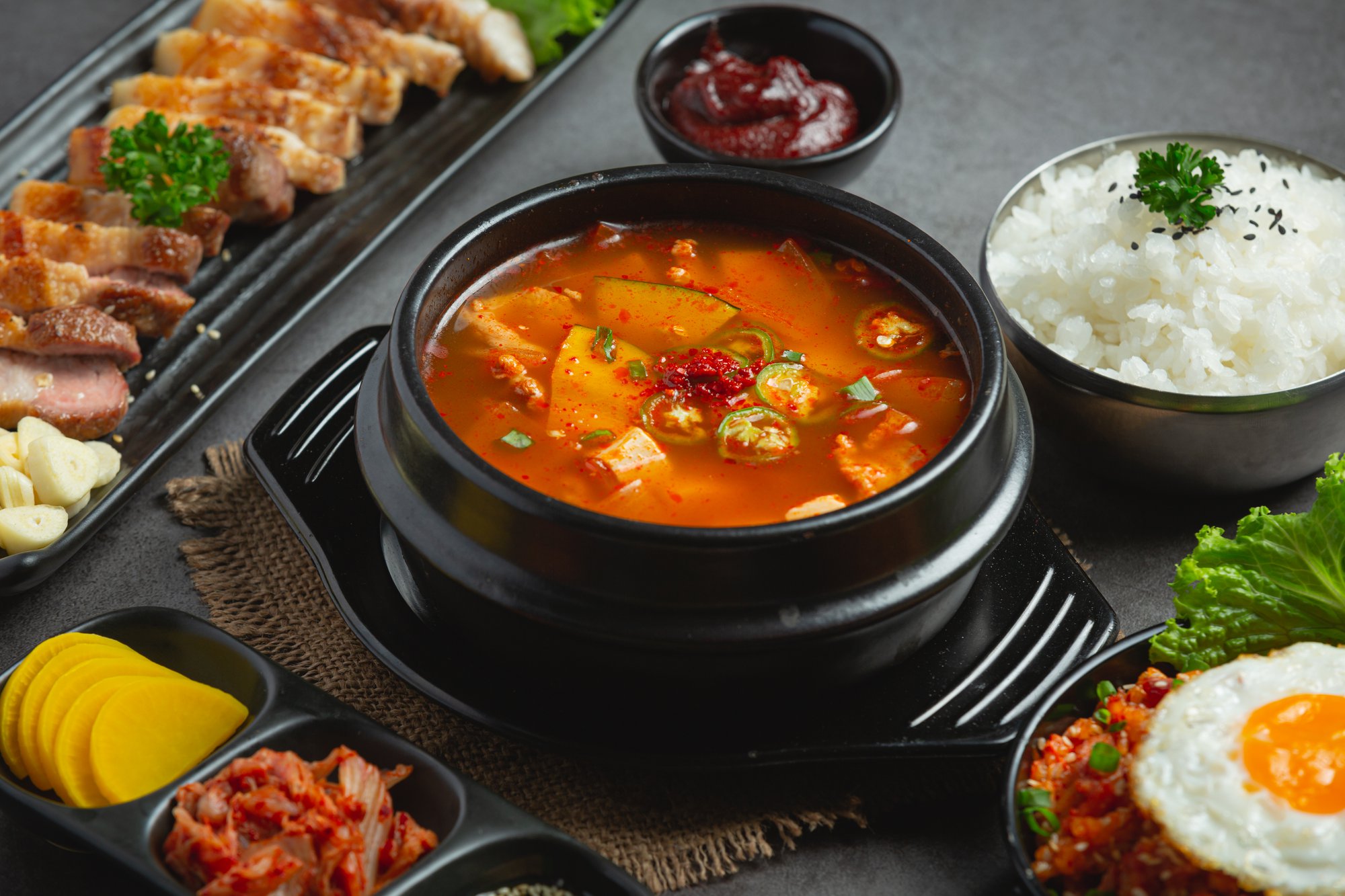
.svg)

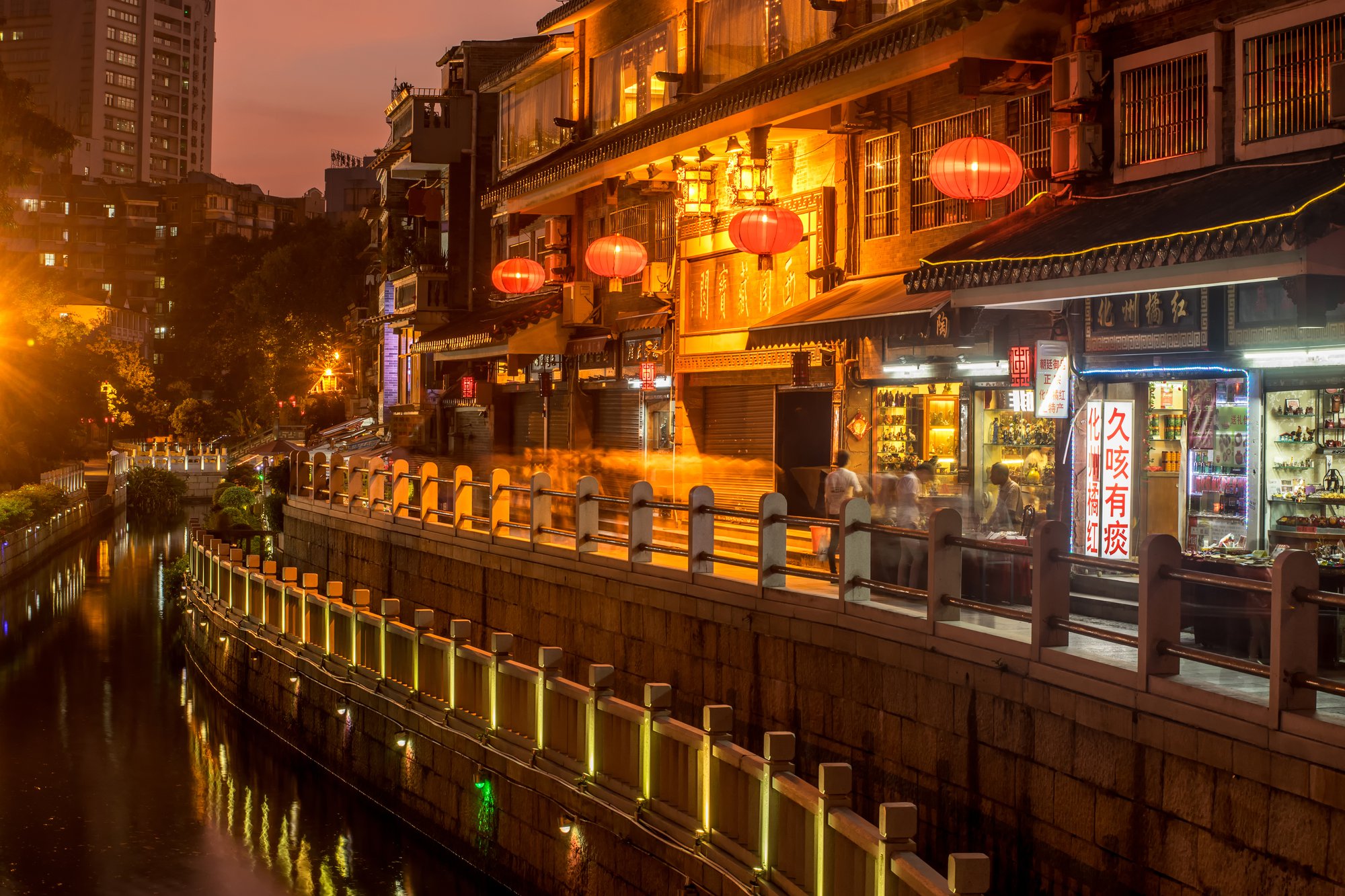

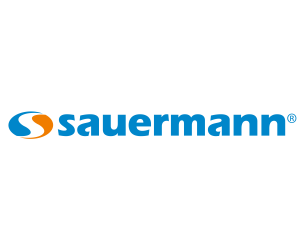
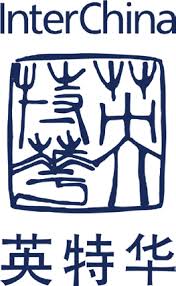



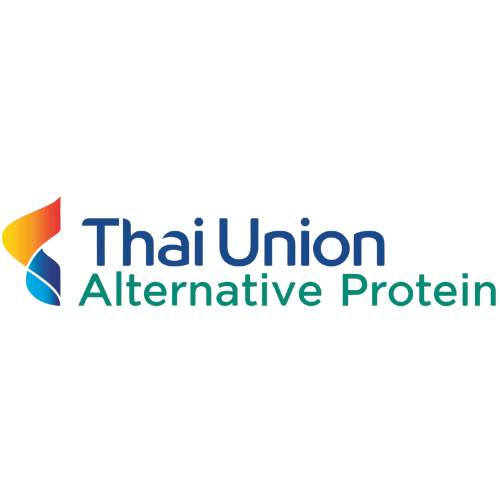
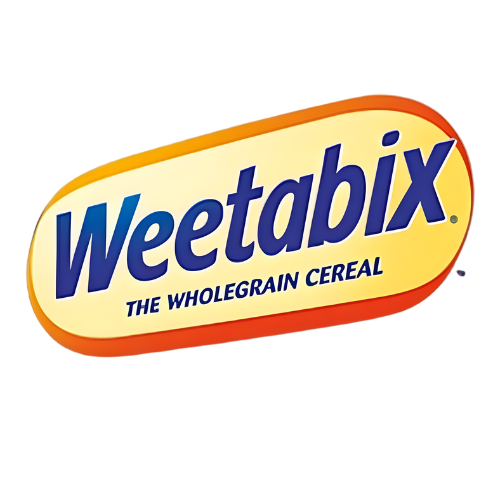




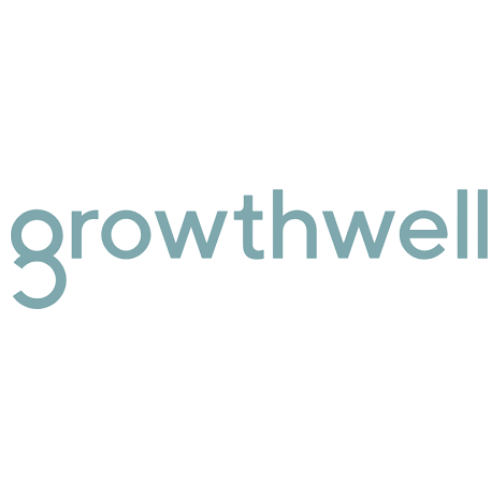


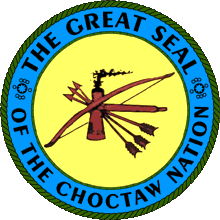
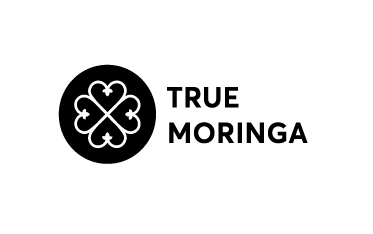
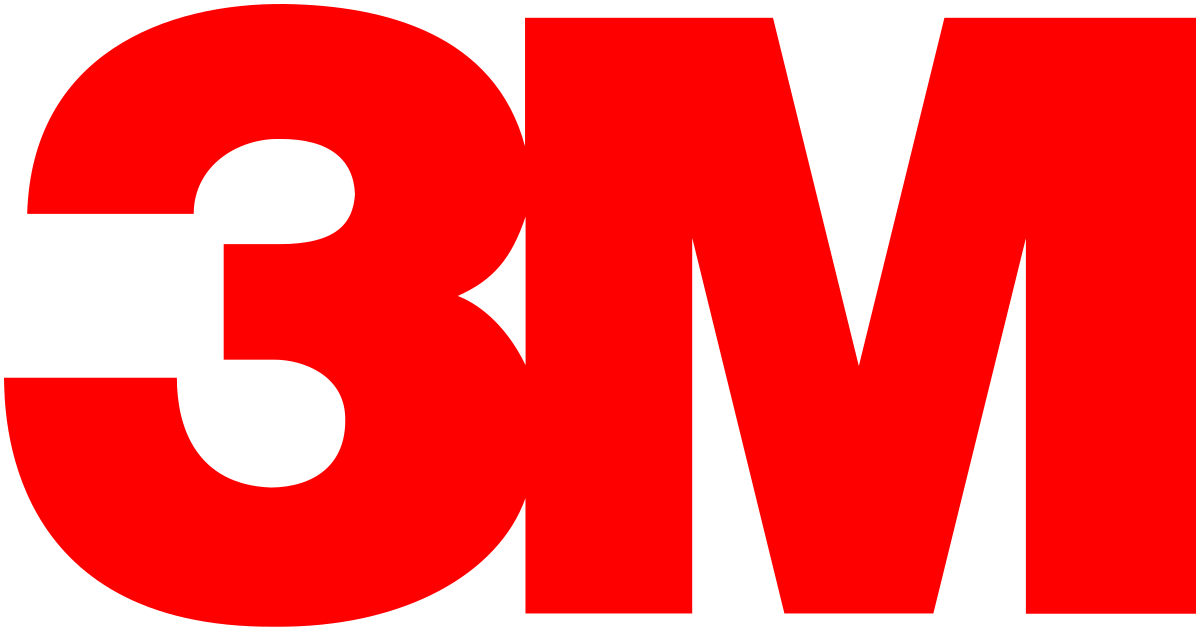



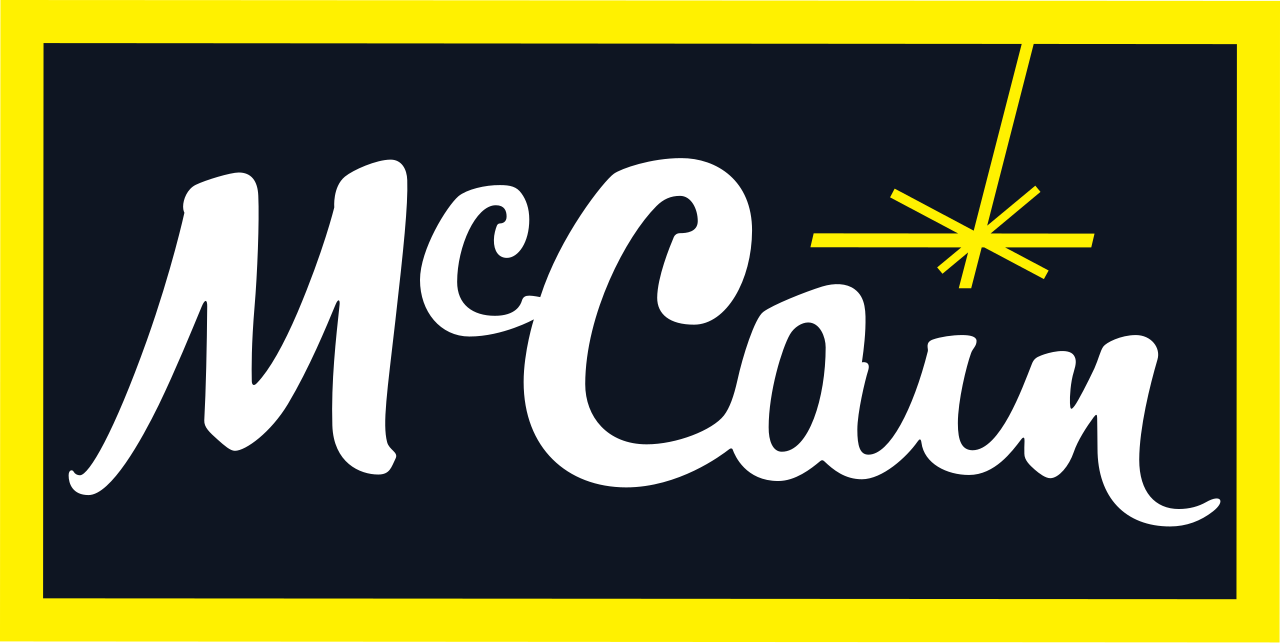





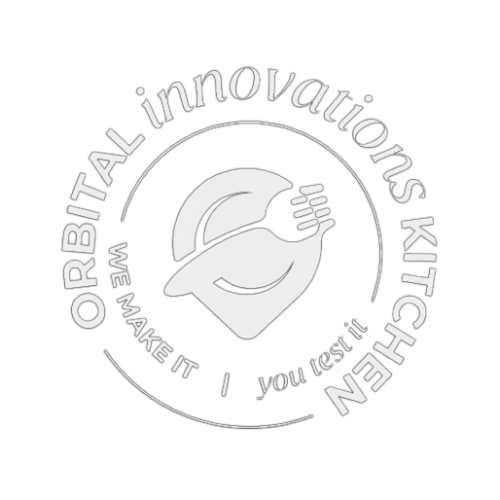
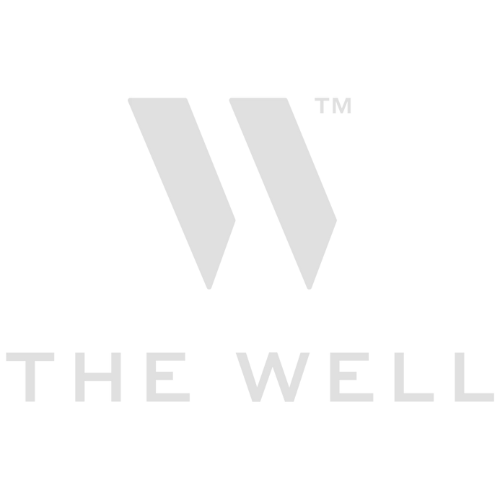

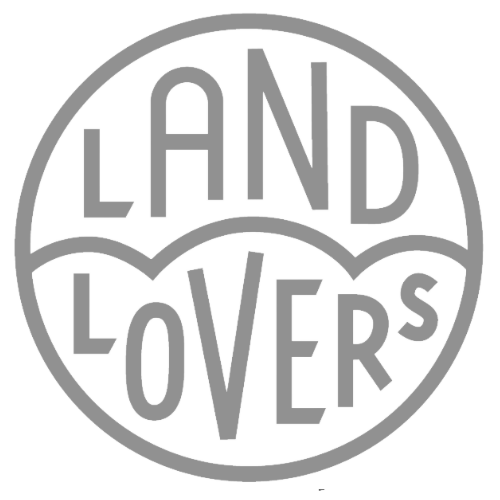






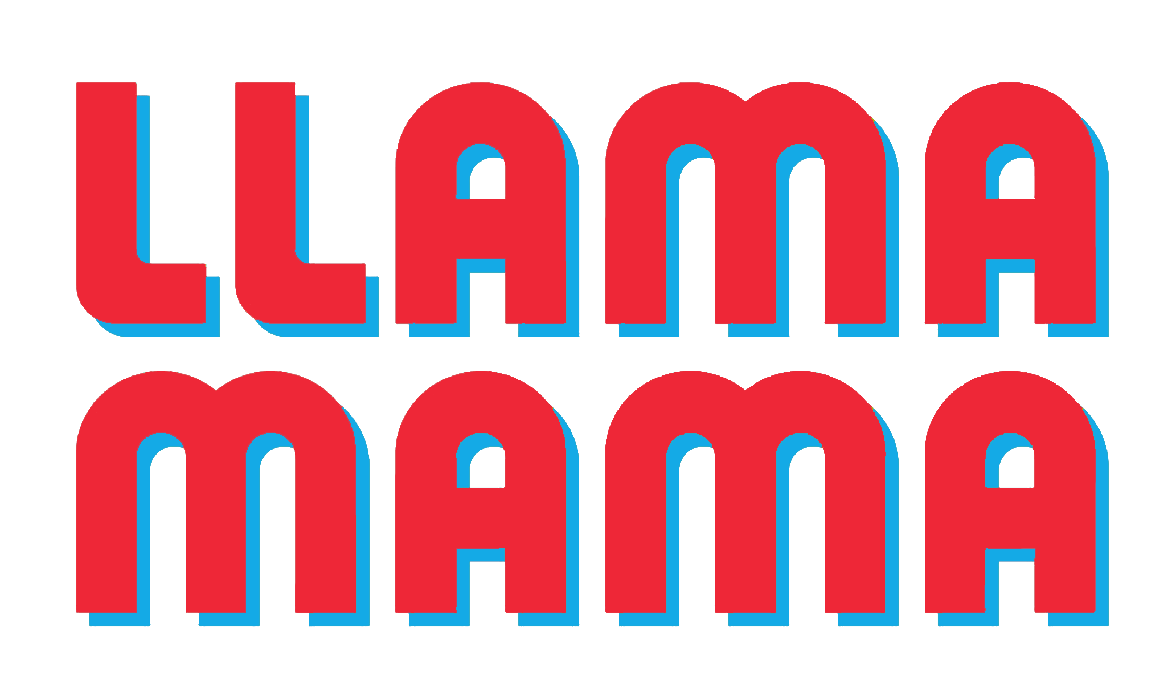






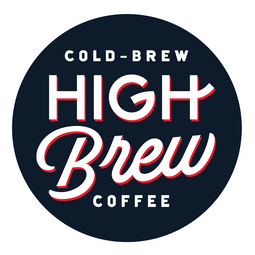

.png)




